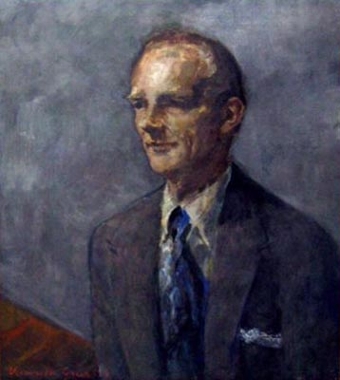featured item
broadstairs jetty and beach
- View other items in:
- antiques interior design modern and vintage
- other interior design
artware ltd
Enquire about this antique
Artware Ltd has 565 antiques for sale.
click here to see them all
Broadstairs is a coastal town on the Isle of Thanet in the Thanet district of east Kent, England, about 80 miles (130 km) south-east of London. It is part of the civil parish of Broadstairs and St Peter''s, which includes St. Peter''s and had a population in 2001 of about 24,000. Situated between Margate and Ramsgate, Broadstairs is one of Thanet''s seaside resorts, known as the "Jewel in Thanet''s crown". The town''s crest motto is Stella Maris ("Star of the Sea"). The name derives from a former flight of steps in the chalk cliff, which led from the sands up to the 11th-century shrine of St Mary on the cliff''s summit.
The town spreads from Haine Road[citation needed]in the west to Kingsgate in the north (named after the landing of King Charles II in 1683) and to Dumpton in the south (named after the yeoman Dudeman who farmed there in the 13th century). The hamlet of Reading (formerly Reden or Redyng) Street was established by Flemish refugees in the 17th century. The inland village of St Peters was established after the building of a parish church in about 1080. On the nearby coast was a cliff-top shrine, the Shrine of Our Lady, at what was then called Bradstow(e), meaning "broad place" (perhaps referring to the wide bay). A fishing settlement developed in the vicinity of the shrine in the 14th century. This came to be called "Broadstairs", after a flight of steps which was made in the cliff to give access to the shrine from the bay. Older forms of the name include Brodsteyr Lynch (1434), Brodestyr (1479), Broadstayer (1565) and Brod stayrs (1610). Charles Culmer, son of Waldemar, is supposed to have reconstructed the stairs in 1350.
In 1440, an archway was built by George Culmer across a track leading down to the sea, where the first wooden pier or jetty was built in 1460. A more enduring structure was to replace this in 1538, when the road leading to the seafront, known as Harbour Street, was cut into the rough chalk ground on which Broadstairs is built, by another George Culmer. Going further in defence of the town, he built the York Gate in 1540, a portal that still spans Harbour Street and which then held two heavy wooden doors that could be closed in times of threat from the sea. Richard Culmer was the son of Sir Richard Culmer by his first wife and was born in 1640/41. Richard was buried in the parish church of Monkton, on the Isle of Thanet. Of his legacies was the endowment on Broadstairs of an area of six acres (24,000 m?) of ground for the poor of the parish. The name survives to this day as "Culmer''s Allotment" as does the allotment.
Antiques.co.uk Ref: YM57WHUR
- Materials:
- Oil on Board
- Width (cm):
- 50.00 x 60.00 cm 19.69 x 23.62 ins
Artware Ltd
Artware Fine Art specialises in fine antique, decorative and historical portraits and topographical pictures . We cover a period from the 17th and 18th centuries through to the 19th & 20th Centuries. We have over 150 portraits in stock, which can be viewed on our web site, each historical portrait has well researched biographical information both on the sitter and the artist.
Contact details
18 La gare
51 Surrey row
London
Greater London
SE1 0BZ
UNITED KINGDOM
T: 0207 921 97904
E: greg@artwarefineart.com
W: www.artwarefineart.com














